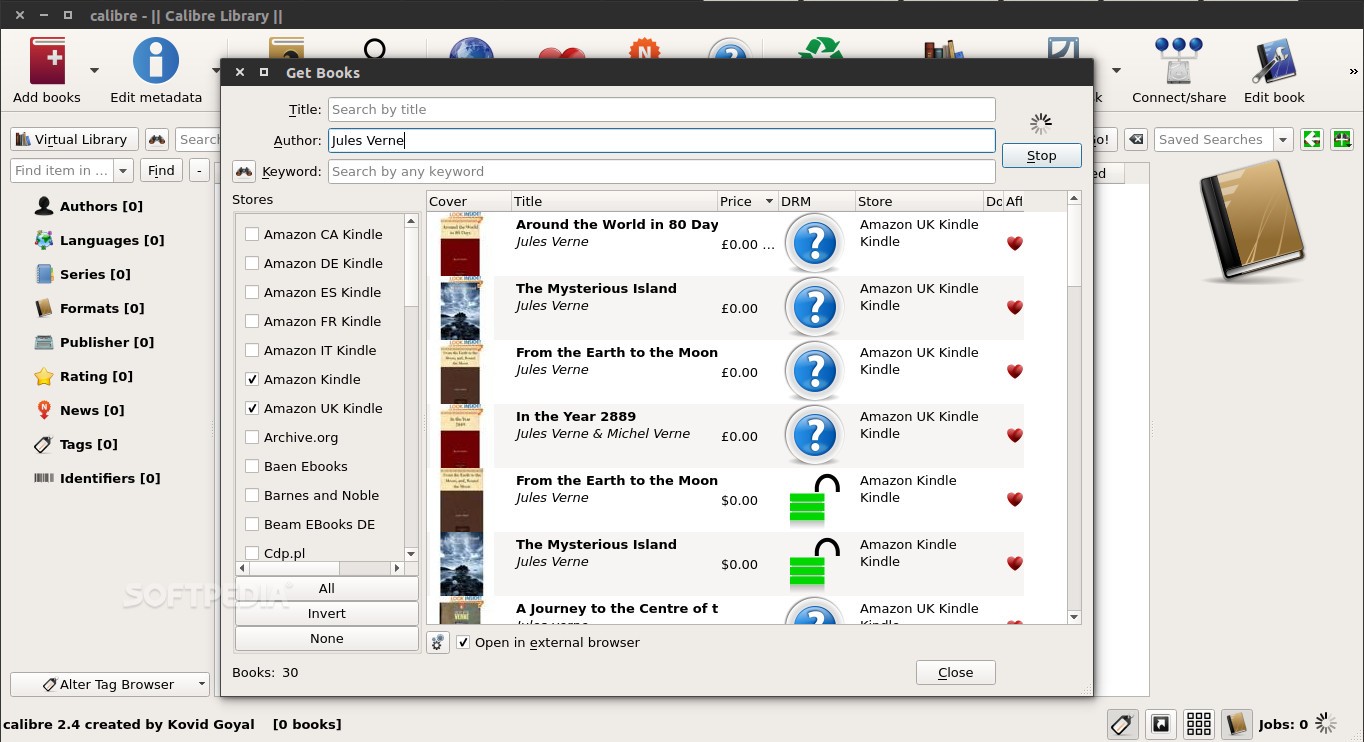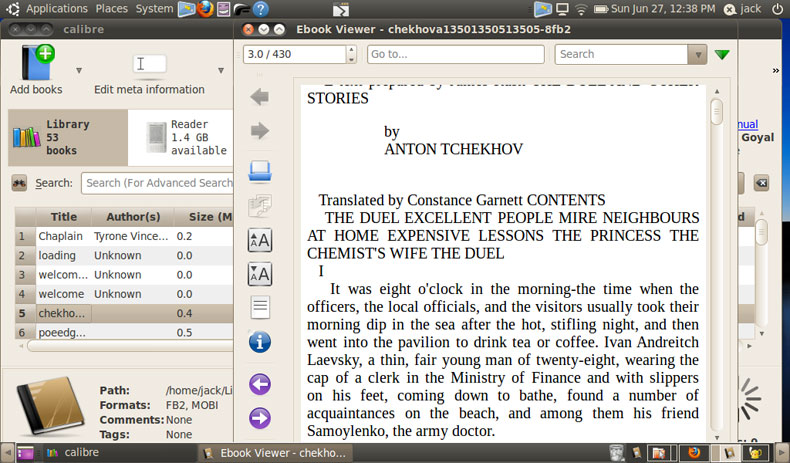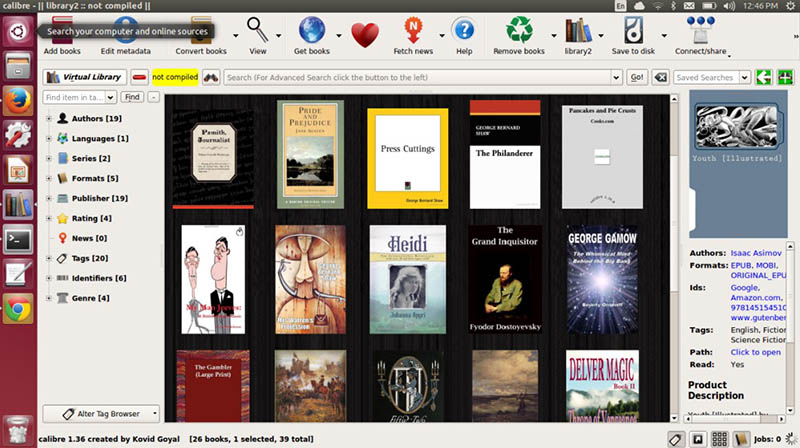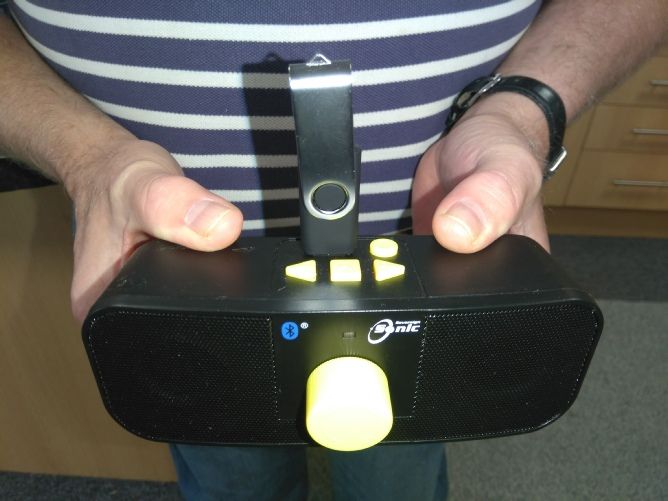

Since I haven’t really looked at calibre in at least a couple years, I decided now was a good time to update and expand this post from 2012. If you have to support a lot of ereaders or tablets, you’ve probably gotten used to having to plug them all in via USB so you can transfer ebooks and other content.


By the time you get your 7th or 8th device this can get a little frustrating, and that’s why I’m glad calibre offers a better option. You can edit metadata, upload files, or even read the ebooks in your web browser It’s called Content Server, and it basically lets calibre act as a file server for any device that can access a local network (wired or wireless) via a web browser – including Kindle, Nook, and some other ereaders. You can find this feature by clicking on the Connect/share button and selecting "Start Content Server". Setup is automatic, but accessing it once it is up and running takes a little work.

It will look something like this (don’t forget the colon!): 10.0.0.52: 8080 Metadata If you want to visit the content server from another device, you will need to learn how to type the IP address and port number into your web browser. Metadata is the pivot on which your ebook library turns. Without the proper info on the title, publisher, genre and other important details it is difficult to properly organize your library.Īnd that’s why it is a very good thing that calibre can download metadata from a dozen or more different sources in a bunch of different languages including Dutch, Portuguese, German, Hungarian, Chinese, and more. You can also download metadata from most of the major ebookstores as well as OverDrive. You can edit an ebook’s metadata by clicking the button on calibre’s menu bar, but you can also expand the editing options by installing plugins. For example, there’s a plugin that will let you edit MP3 metadata. Right click on the Preferences button and select "Get plugins to enhance calibre".


 0 kommentar(er)
0 kommentar(er)
